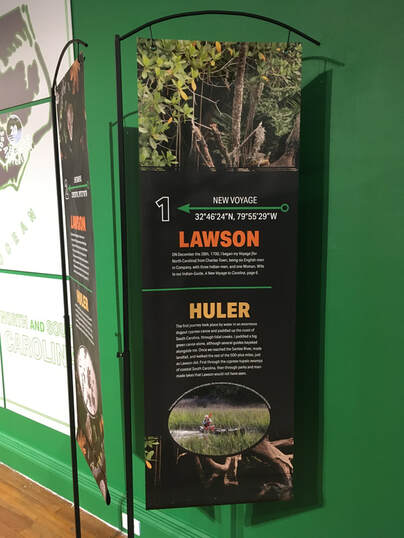
But one of the things that comes with things like exhibits is sooner or later someone is going to ask you to talk about them, so brace yourselves: January 23 at 7 pm at the City of Raleigh Museum I'll talk about all the stuff I usually talk about when Lawson comes up.
I'll show you maps and I'll read from Lawson, and I'll read from my book and talk about the hell we've put our countryside through since Lawson's day. I'll run through some PowerPoint
So anyhow, come on out to the City of Raleigh Museum at 7 pm on Jan. 23. We'll talk Lawson!
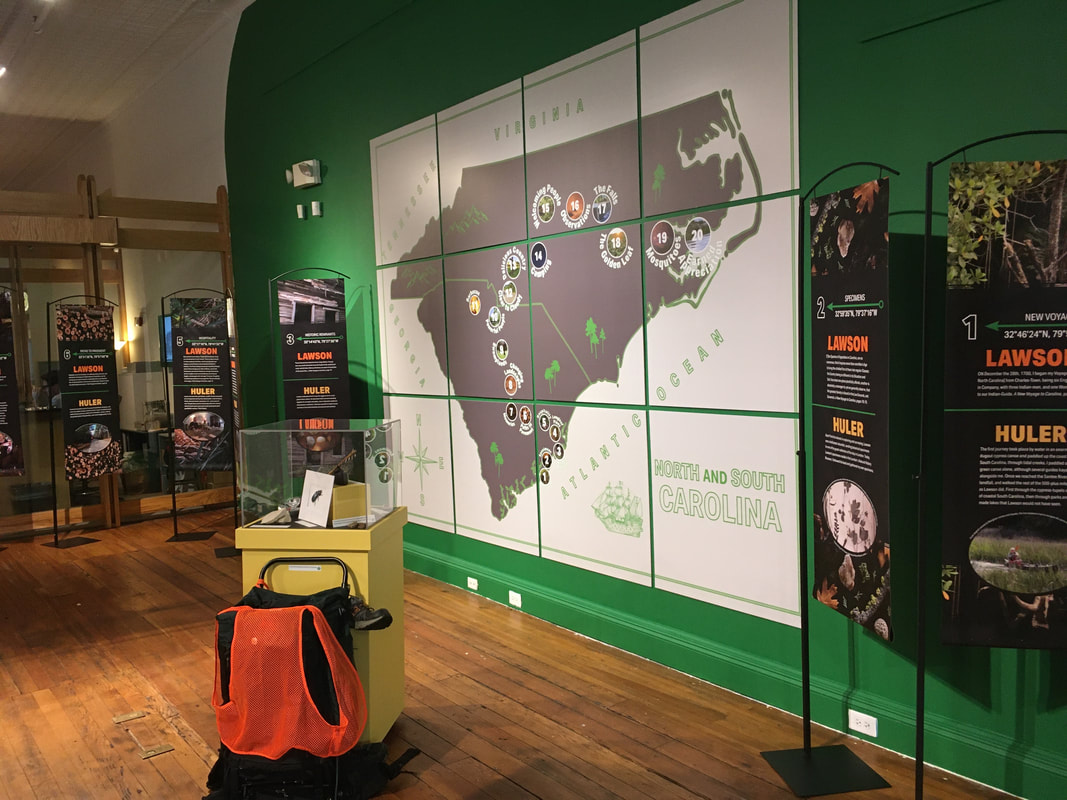
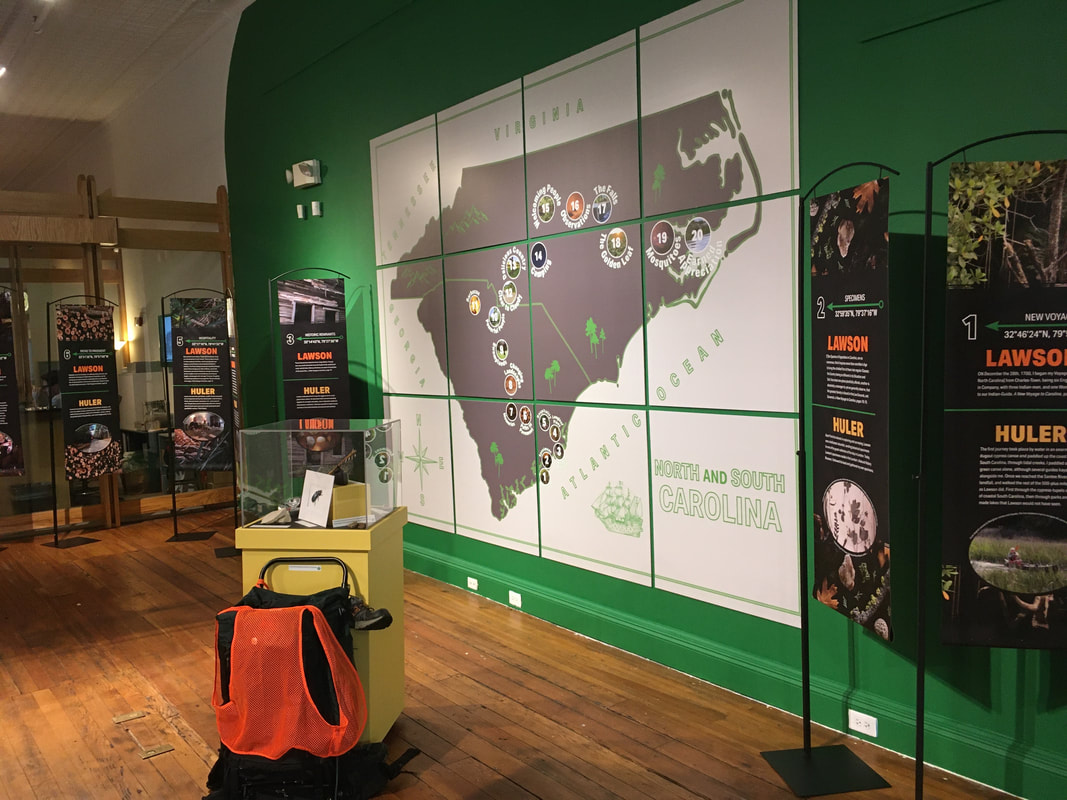
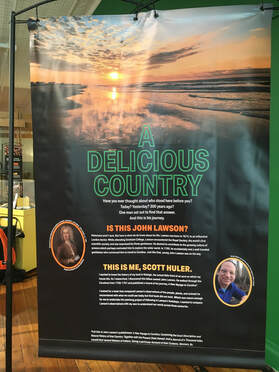
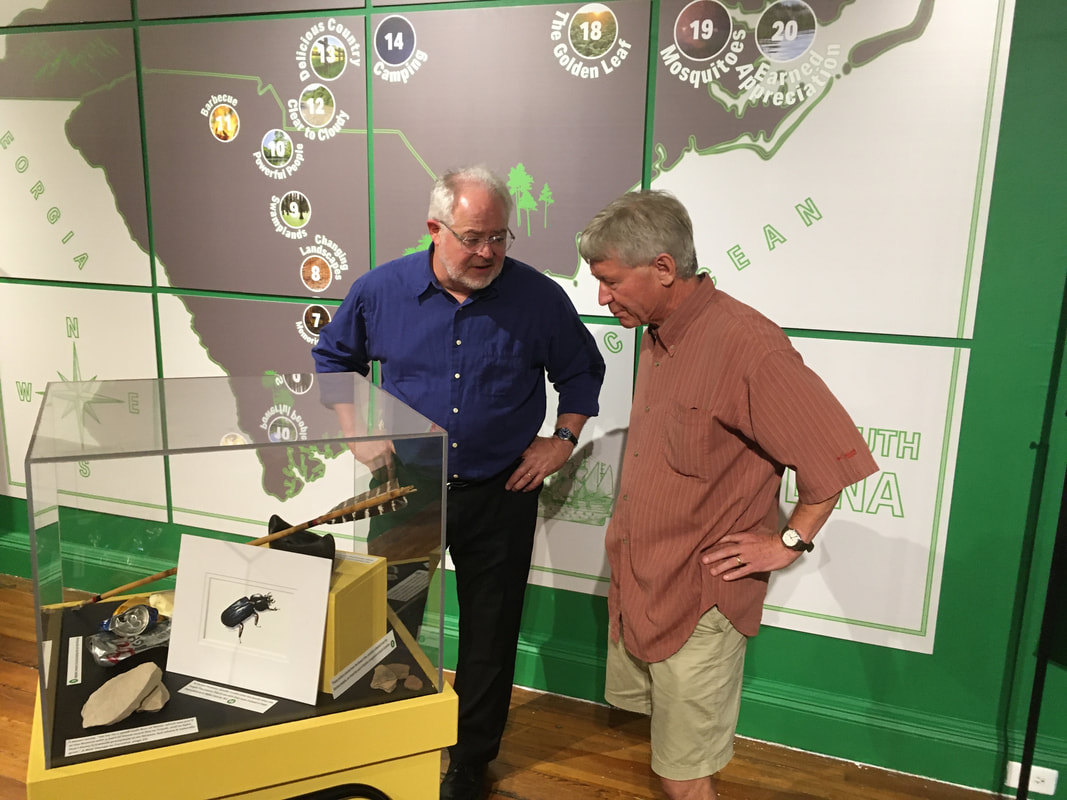
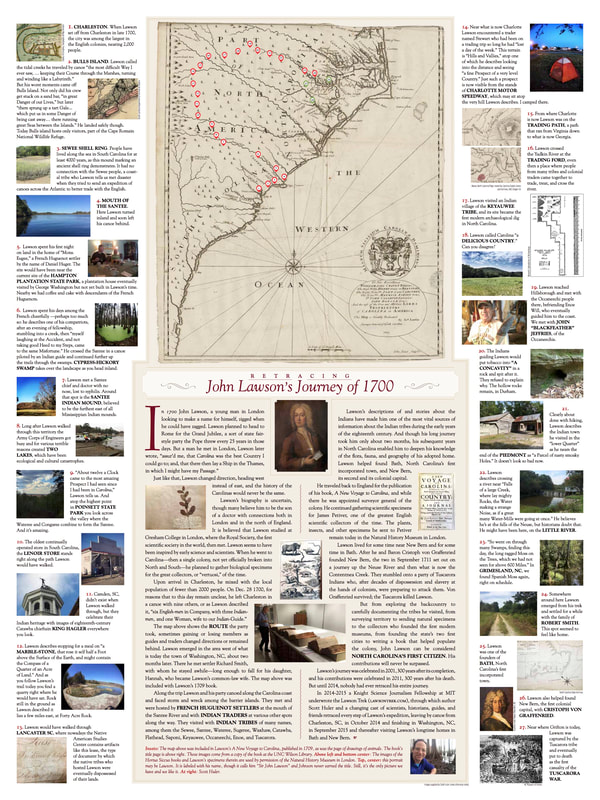
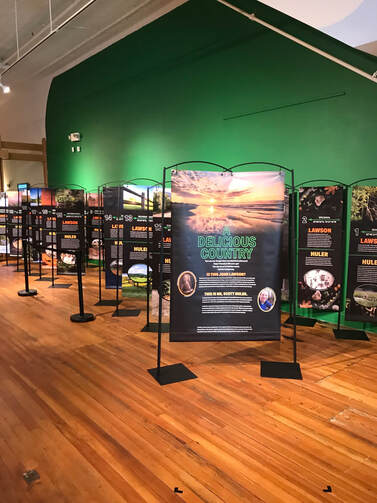
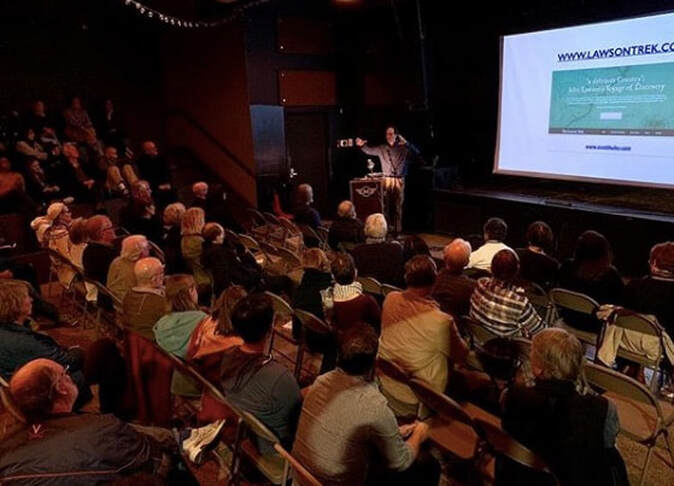
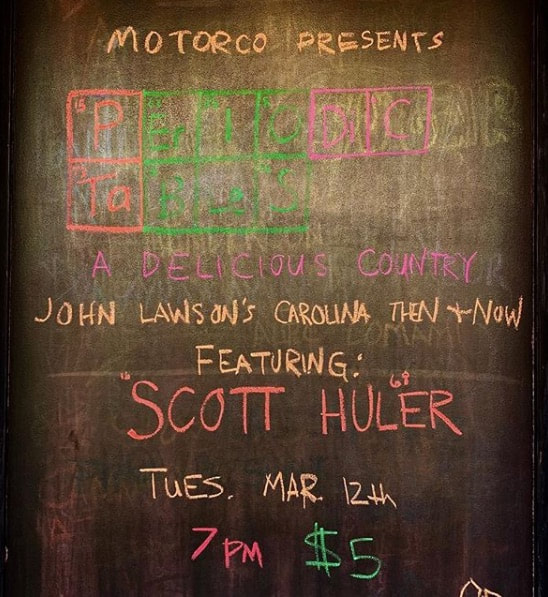
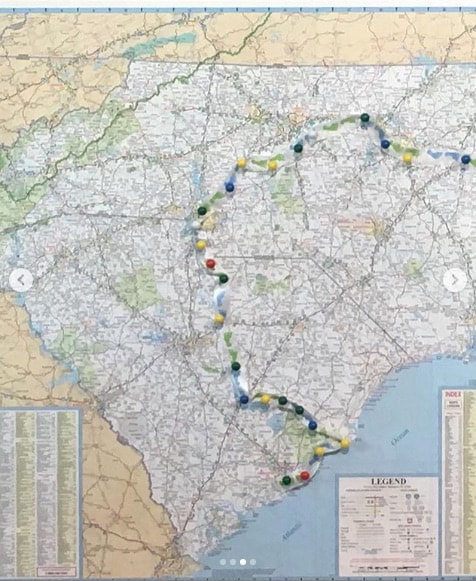

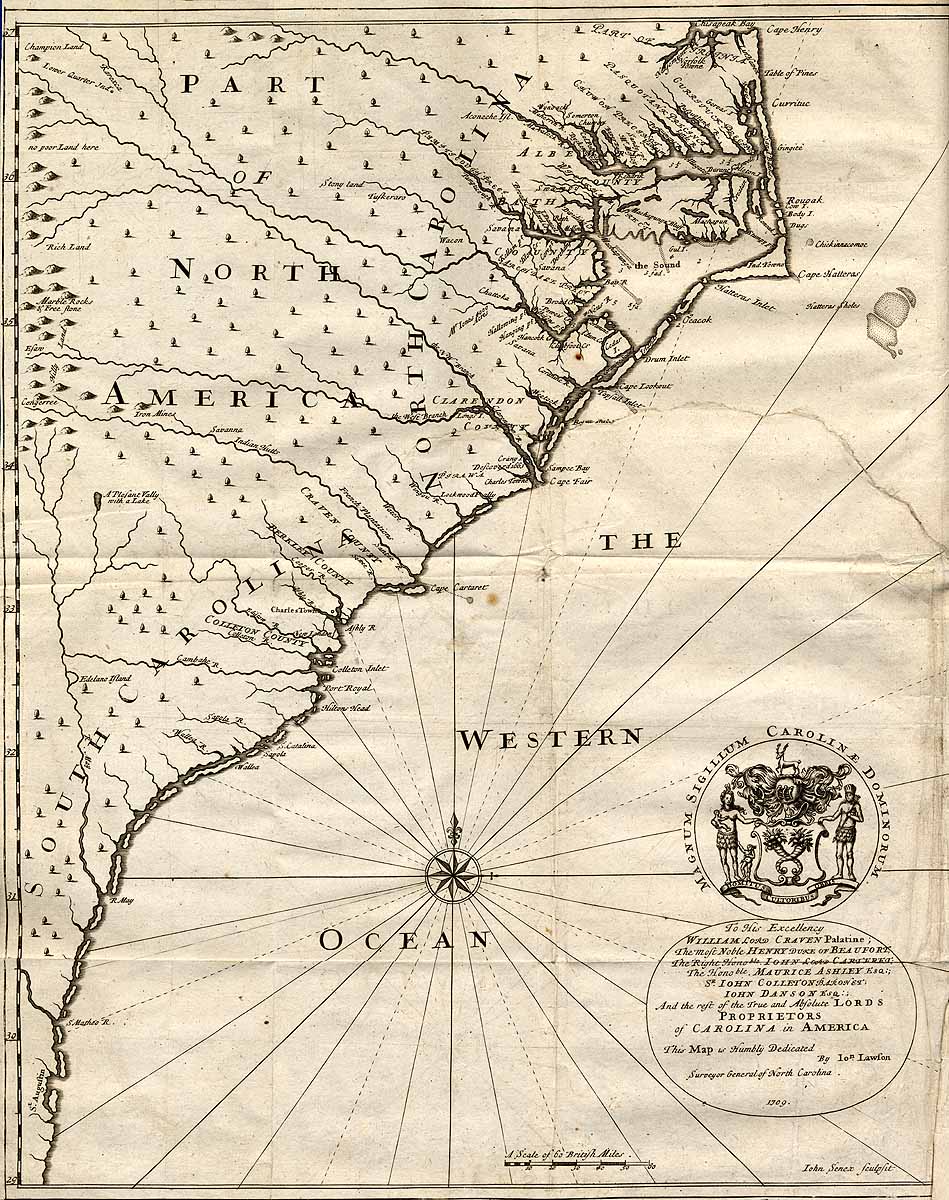
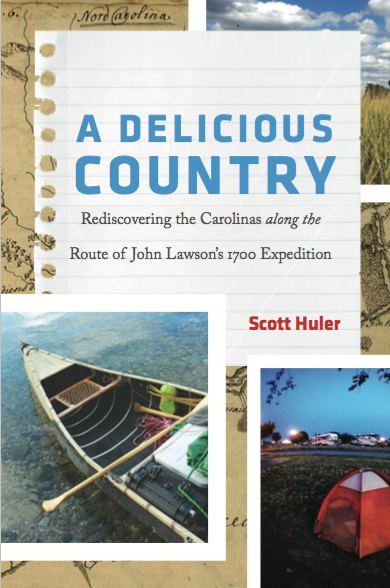
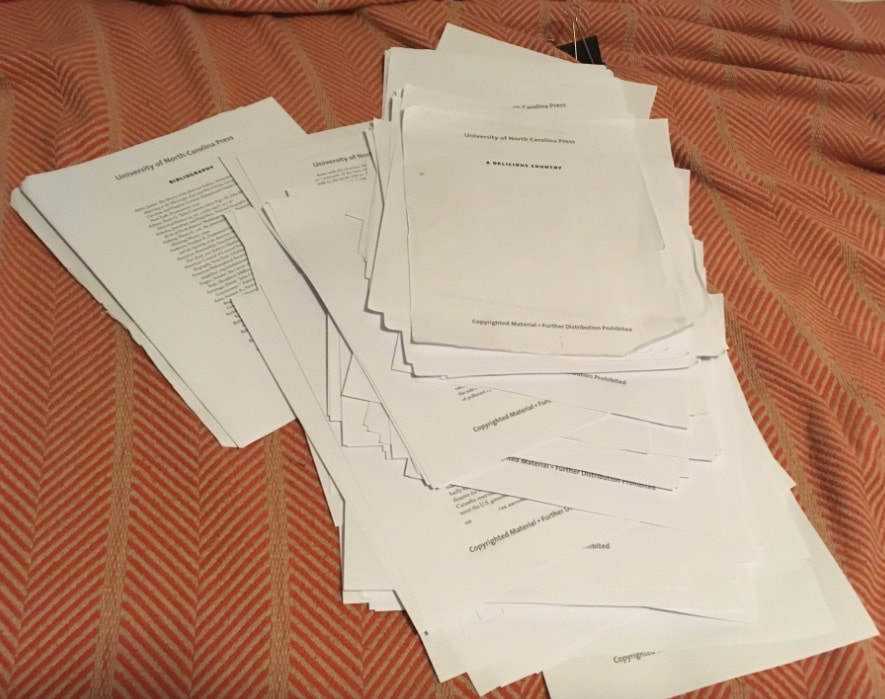
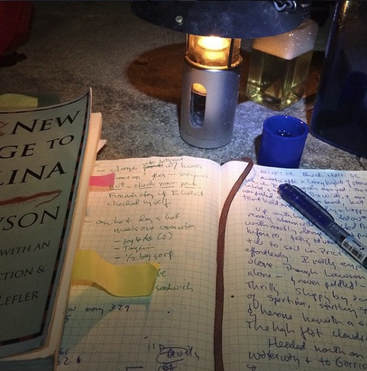
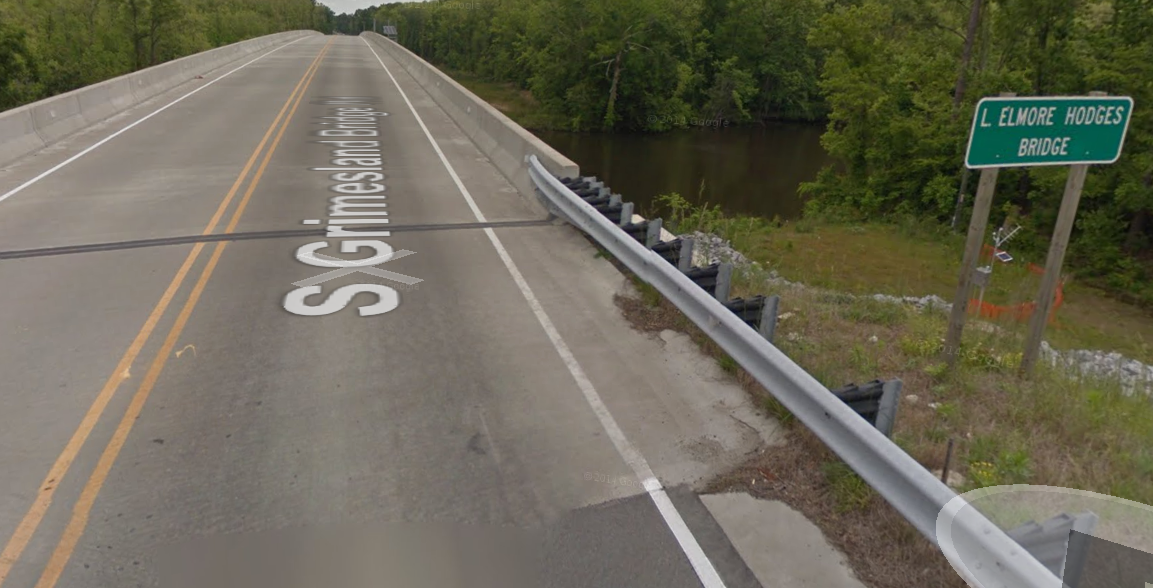
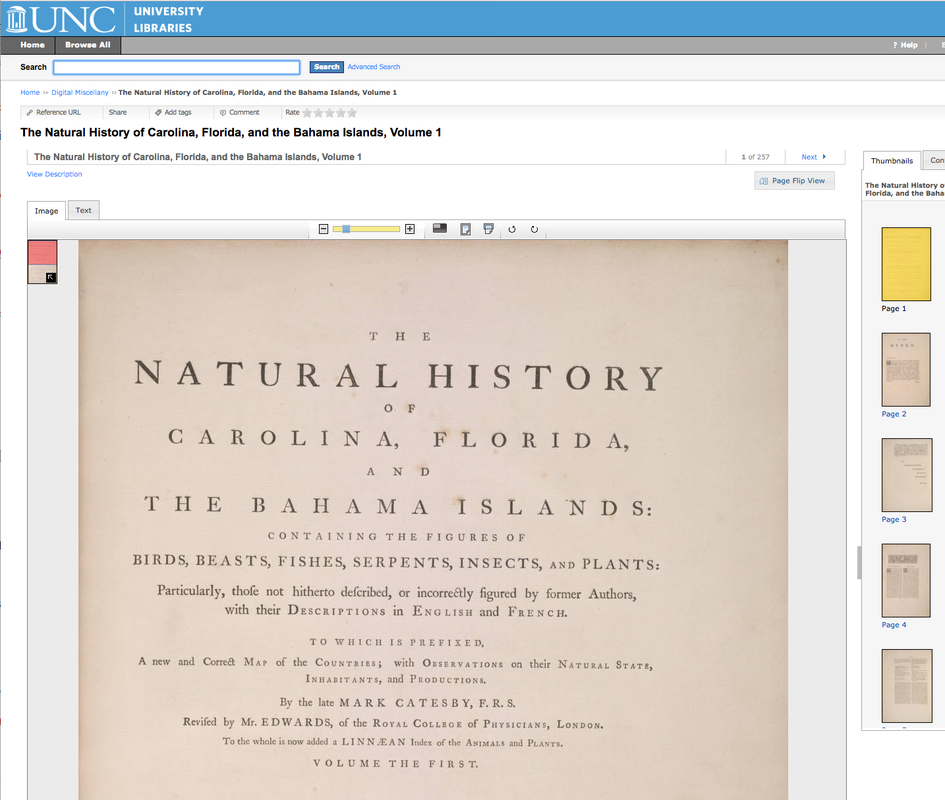
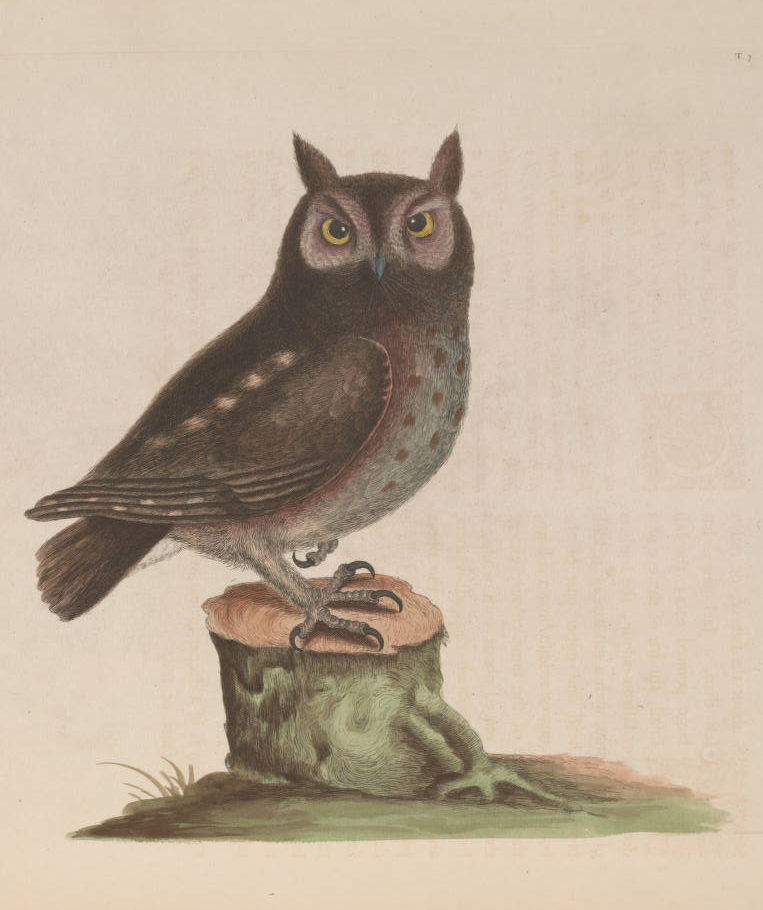
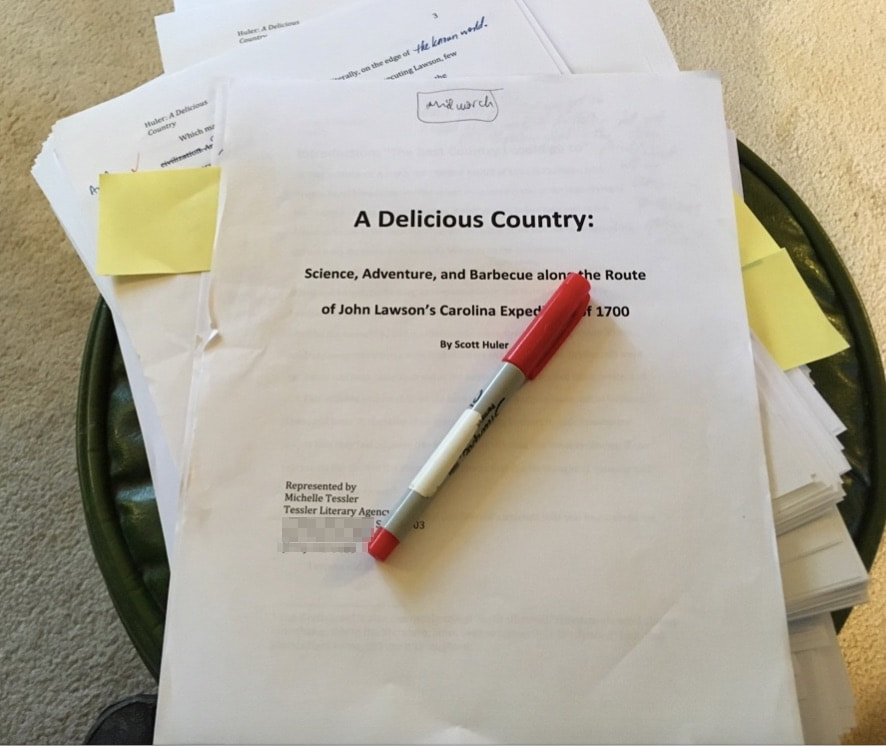
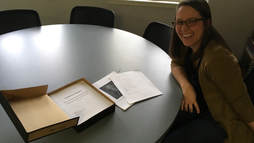
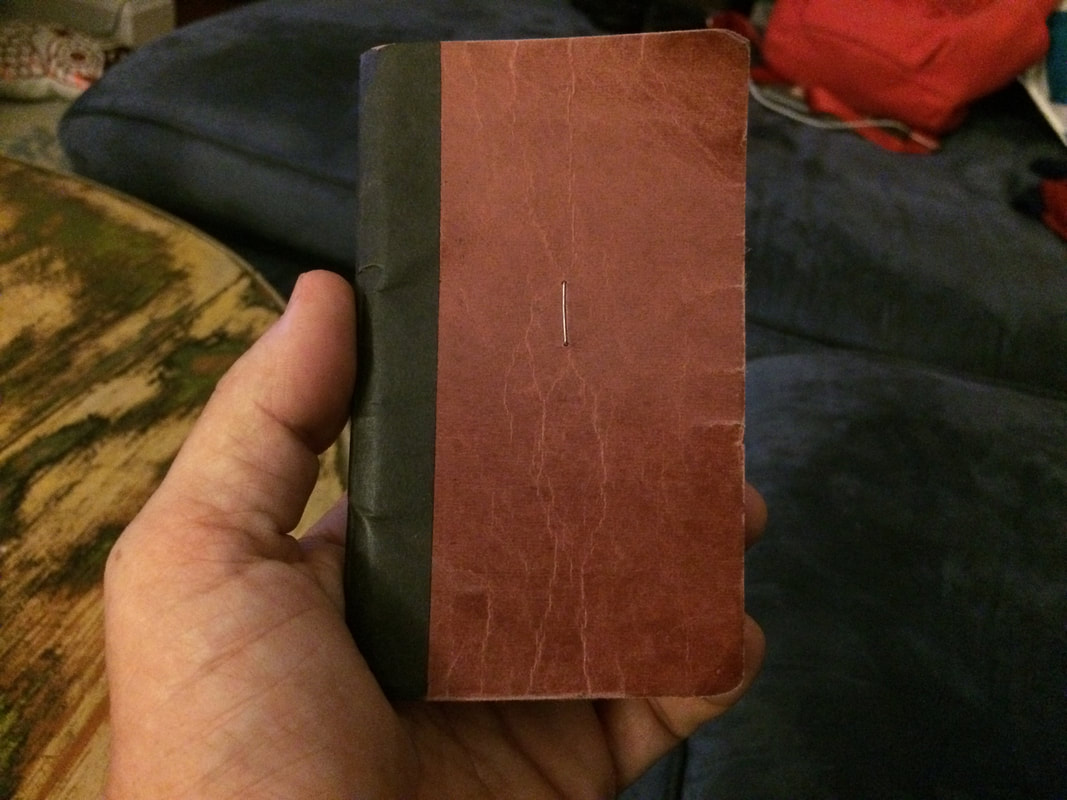
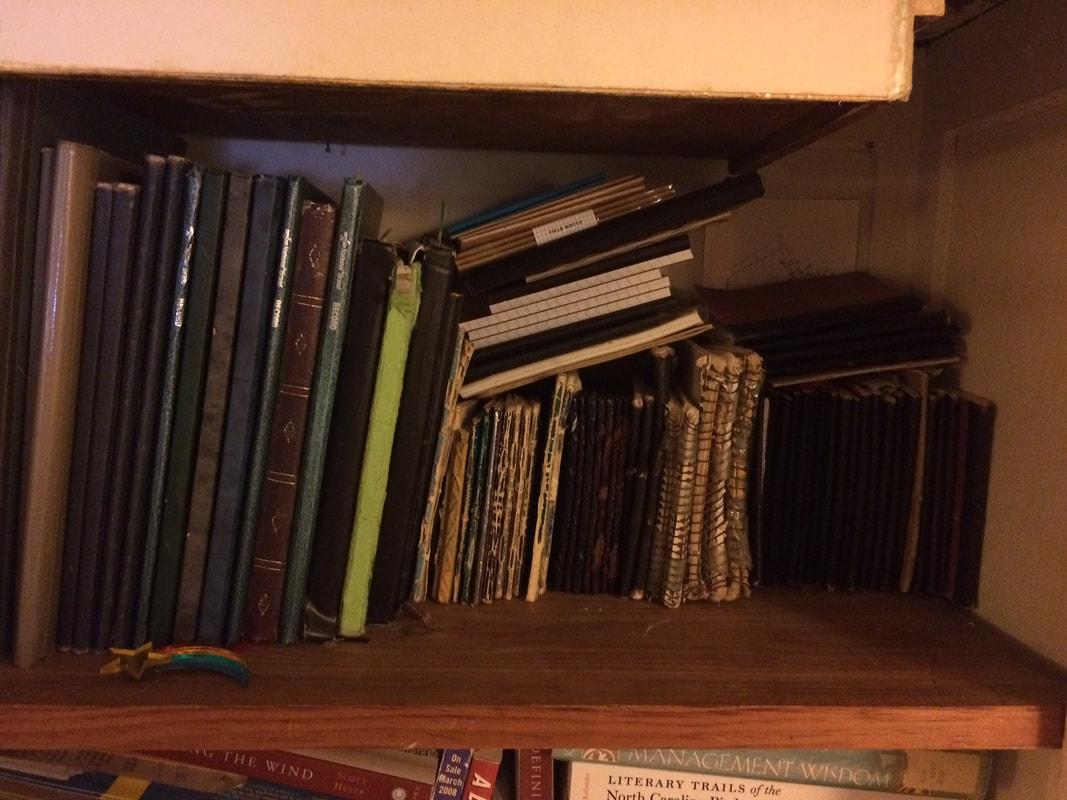
 RSS Feed
RSS Feed